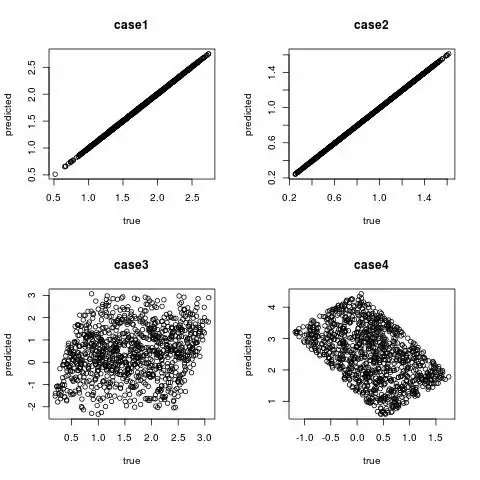I am trying to understand the the clm function to use it for a mixed effect ordered logistic regression. Referring to the following package
In the following data, the variable 'judge' can take 9 different values. Nine judges each assessed wine (the 'rating' variable) from two bottles from each of the four treatment conditions, hence there are 72 observations in all.
I am focusing on random effects and fixed effects for a mixed effect model. Given the data, the variables "temp" and "contact" are to be considered for random effects and the variable "judge" should be considered for fixed effects. However, this package used the phrase random effect with respect to the "judge" variable. This is really confusing. Is there something wrong in the way I am reading it?
clmm2(rating ~ temp + contact, random=judge, data=wine)
